Polar Silk Road: China’s plan B for global trade
China’s “Polar Silk Road” is more than a shipping experiment. By testing Arctic routes with Russia, Beijing is building a backup network of land and sea corridors — ensuring no single chokepoint can cripple its global trade. Academic Hao Nan provides insights into this strategy.
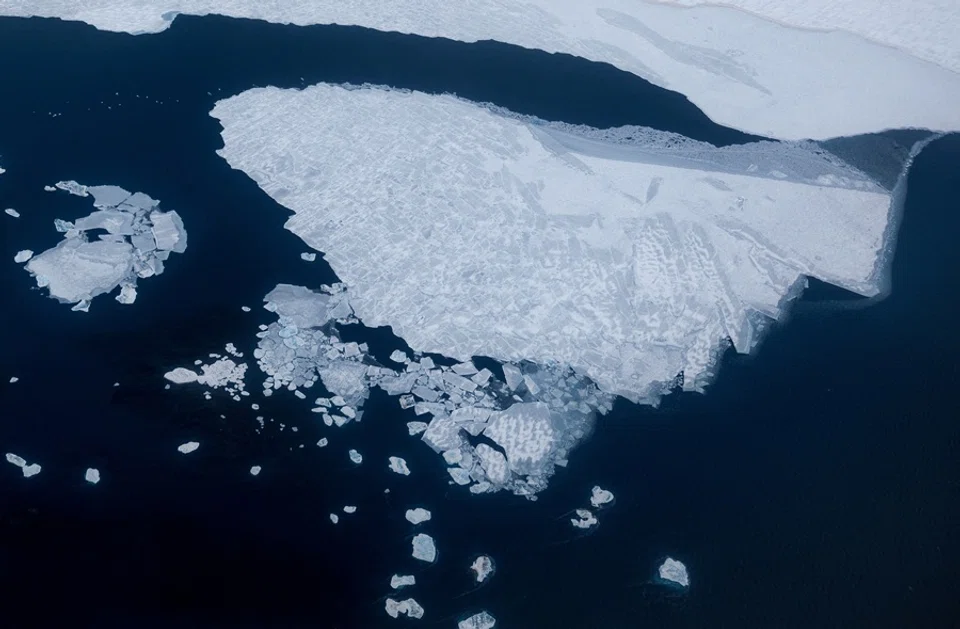
In late September 2025, a container ship Istanbul Bridge sailed from Ningbo-Zhoushan, East China, to Felixstowe, UK, via the “China–Europe Arctic Express”, traversing the Northern Sea Route (NSR) through Russia’s Arctic coastline.
Chinese media touted an 18-day transit that could significantly cut China–Europe voyages that usually take roughly 25 days via China-Europe railway, 40 days through Suez Canal, and 50 days via Cape of Good Hope, a headline-friendly claim amid Red Sea turmoil and periodic Suez disruptions.
The voyage — linking Ningbo, Shanghai, Qingdao and Dalian to ports such as Rotterdam in the Netherlands, Hamburg in Germany and Felixstowe — was framed as a test of a regular Polar Silk Road service and a hedge against chokepoints that have repeatedly snarled global trade.
Strategically, Beijing is laying down multiple, complementary corridors across Eurasia — land and sea — so that no single disruption can cripple exports.
Improving logistics resilience
This is no stunt. Arctic shipping fits squarely within Beijing’s Silk Road on Ice, or more straightforward Polar Silk Road, the maritime Arctic extension of the Belt and Road Initiative first articulated around 2017-2018.
China’s 2018 Arctic Policy explicitly called for building the Polar Silk Road by developing Arctic routes, a priority reiterated in the 14th Five-Year Plan (2021–2025) and 2035 Vision. Strategically, Beijing is laying down multiple, complementary corridors across Eurasia — land and sea — so that no single disruption can cripple exports. The NSR is one branch in a broader Chinese effort to diversify logistics and improve resilience.
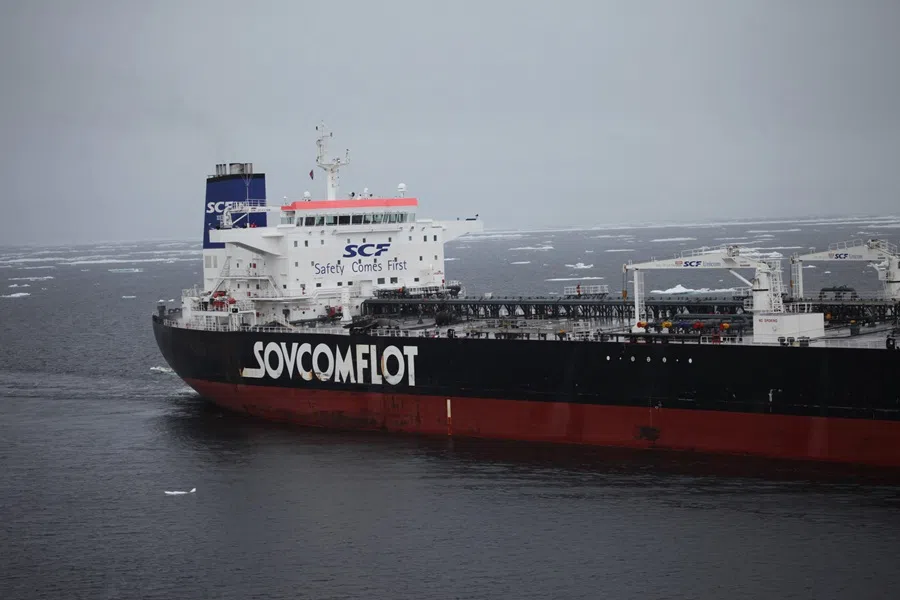
The attraction is clear. For many Asia–Europe itineraries, the NSR is roughly 30-40% shorter than Suez. Arctic sea ice decline has opened summer–autumn “windows” when ships can traverse the Barents, Kara, Laptev and East Siberian Seas.
At peak thinning, crossings like the Istanbul Bridge’s 18-day run can nearly halve transit time, substantially lowering fuel use and shipping emissions. It obviously benefits time-sensitive cargo — electronics, pharmaceuticals and other high-value goods — and has the marketing punch of bypassing congested chokepoints such as Suez and the Red Sea.
New route an addition, not a replacement
Yet, Beijing sees the NSR as an addition, not a replacement. The time window for shipping is narrow; ice retreats only in late summer and early autumn, currently making the NSR only a seasonal option that complements entrenched lanes. Much of the activity to date has been experimental — charters, reflagged vessels and “proof-of-concept” runs like the Istanbul Bridge’s.
The “Arctic Express” label is a branding play, but the underlying strategy is pragmatic: test the route, learn the environment and cultivate optionality.
Corporate ties mirror that alignment. Rosatom — Russia’s state nuclear operator that manages NSR icebreaking and key infrastructure — has inked multiple agreements with Chinese firms.
That optionality is being built with Russia. China’s Arctic ambitions dovetail with Moscow’s NSR agenda, and the two have formalised cooperation. In 2023, they agreed to create a Russia-China NSR sub-commission under their annual intergovernmental cooperation framework headed by China’s premier and Russia’s prime minister. The sub-commission was officially launched in late 2024.
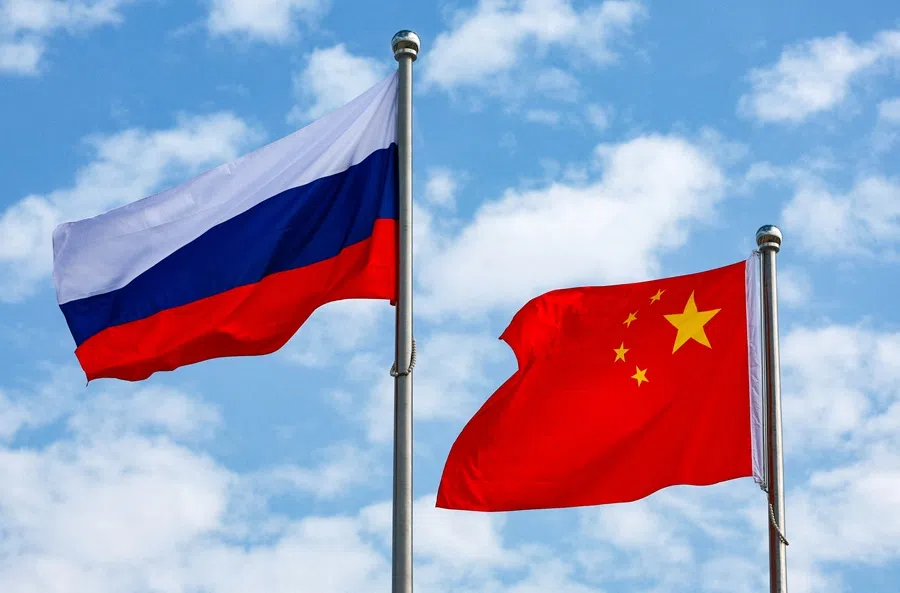
At the inaugural meeting, Rosatom chief Alexey Likhachev and China’s transport minister Liu Wei announced agreements on safe navigation, cargo planning and information-sharing, suggesting that any testing shipping is a state-to-state strategic project with bureaucratic backing, not a one-off sail-through.
Corporate ties mirror that alignment. Rosatom — Russia’s state nuclear operator that manages NSR icebreaking and key infrastructure — has inked multiple agreements with Chinese firms. In June 2024, it announced a memorandum with Hainan NewNew Shipping to develop a year-round Arctic container service, with plans for a joint venture and up to five ice-class container ships. The target was a dozen voyages in 2024, scaling towards tens of millions of tonnes annually.
Chinese carriers are investing too: NewNew has ordered ice-class tonnage and acquired second-hand hulls to train crews, while a China–Arkhangelsk “Silk Road on Ice 2025” line and roughly a dozen China–EU voyages by Chinese-owned ships have been reported.
The NSR functions more like a managed expedition than a normal sea lane, with icebreaker escorts often required to keep schedules.
Environmental trade-offs
The realities remain bracing. The Arctic is remote, sparsely ported and icebound most of the year. Even in summer, storms and drifting floes can complicate transit. The NSR functions more like a managed expedition than a normal sea lane, with icebreaker escorts often required to keep schedules.
While Russia fields the world’s only nuclear icebreaker fleet and is expanding it, capacity is finite and costly to deploy. Search-and-rescue coverage and satellite comms remain patchy, and beyond ports such as Murmansk and Arkhangelsk, there are few deepwater havens for resupply or shelter if trouble strikes.
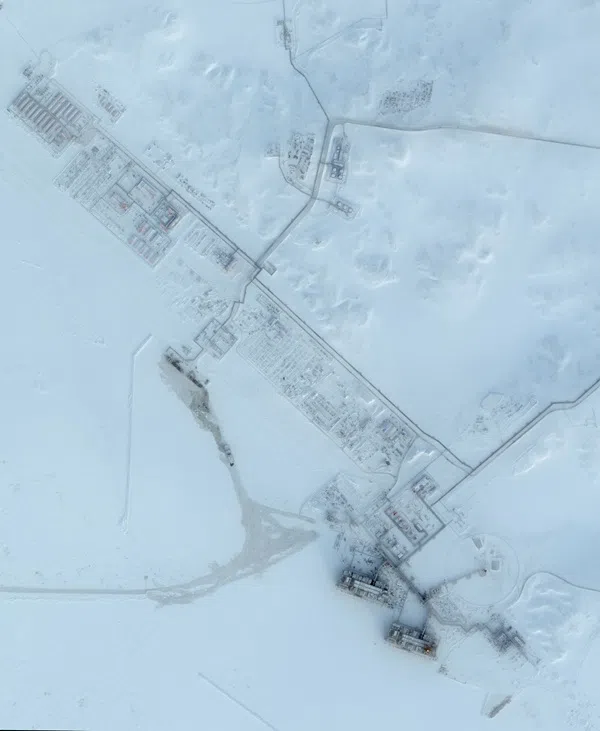
These constraints shape usage. Most NSR traffic today is Russian energy and bulk cargo bound for Asia. Western container lines have largely stayed away, and access for foreign-flag container ships is tightly controlled. Only a small number of China-flag and Hong Kong-flag vessels have been authorised, and some Chinese-linked voyages have used reflagged tonnage.
It is reported that next-generation Arc7 and Arc8 container ships will need escort in winter, underscoring the route’s seasonality and the operational complexity of running predictable schedules.
Several lines have signed pledges to avoid Arctic shipping, and environmental groups have successfully framed NSR containerisation as high risk for limited benefit.
The environmental ledger is mixed. On one side, shorter distances can cut voyage emissions significantly. On the other, increased traffic raises risks in a fragile ecosystem where accidents are hard to mitigate: fuel spills, noise impacts on wildlife, and disturbances to indigenous communities and fisheries.
Scientists and NGOs have warned that even small incidents could be devastating in polar conditions. Chinese planners acknowledge the trade-offs, which helps explain Beijing’s cautious, season-limited approach and the modest scale of current container trials.
Industry reaction has been cool. No major Western carrier has embraced the NSR. MSC, the world’s largest liner, has reiterated that it will not use Arctic routes, citing environmental concerns and infrastructure gaps. After shocks like the Ever Given incident and Houthi attacks, carriers reassessed alternatives but judged the NSR underdeveloped and operationally unnecessary.
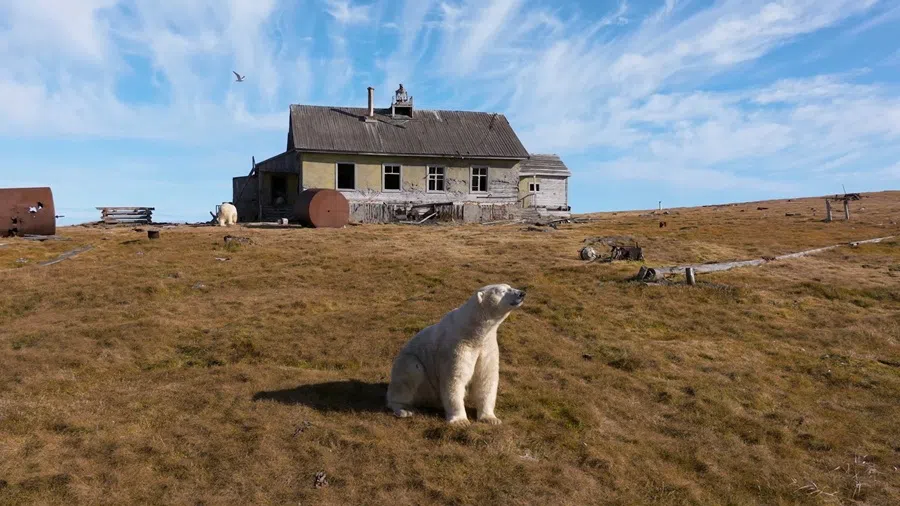
Several lines have signed pledges to avoid Arctic shipping, and environmental groups have successfully framed NSR containerisation as high risk for limited benefit. Financing and insurance add friction: with Russia under sanctions, many Western banks and insurers avoid deals linked to Arctic projects, making Sino-Russian ventures heavily reliant on state-linked capital.
Beijing’s insurance
The Arctic push also sits within a broader landscape of fragile connectivity. Suez remains vulnerable to blockages and conflict; the Red Sea crisis underscored how quickly risk can spike.
Overland routes wobble, too. In September 2025, Polish closures at the Belarus border during Russian-Belarusian drills halted a key China–Europe rail artery for two weeks, stranding trains and prompting Chinese diplomatic pressure. The much-discussed Middle Corridor across Central Asia and the Caucasus has potential but suffers from bottlenecks — Caspian ferry limits, winter weather, mixed rail gauges and customs frictions — that have constrained volumes without sustained investment and coordination.
In this context, the NSR is best understood as insurance. Beijing is engineering redundancy — multiple paths for goods to flow when one channel fails. The Arctic will not supplant Suez; it will provide a seasonal alternative for select cargoes and circumstances, offering time savings and the ability to route around chokepoints in moments of crisis.
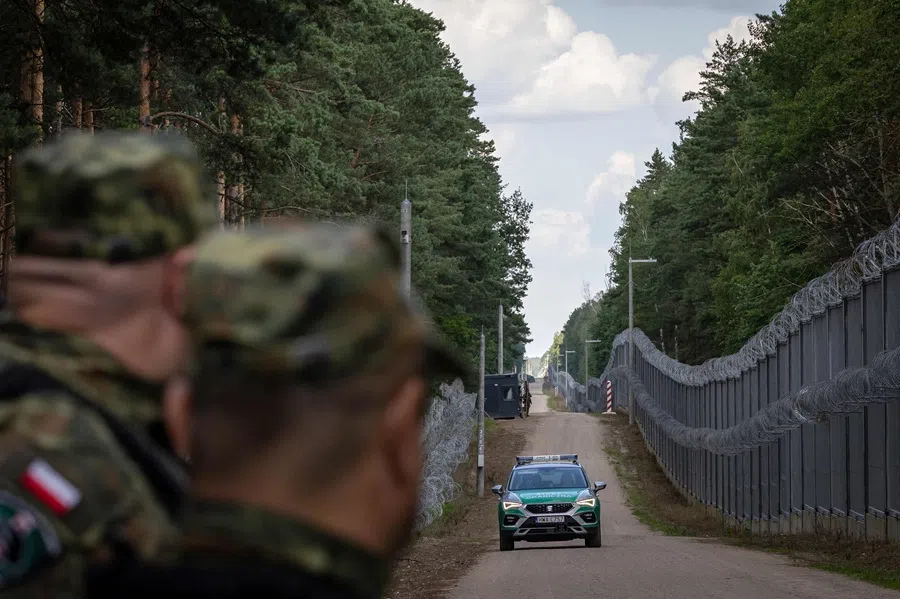
As climate change lengthens navigable windows and Russia expands icebreaking capacity, the NSR’s reliability may improve. But the operational, environmental and geopolitical hurdles mean container services will most likely remain niche for years.
The Istanbul Bridge voyage is a vivid proof-of-concept in a longer, incremental campaign. It signals China’s willingness to invest in Arctic expertise, partner deeply with Russia on infrastructure and governance, and test the boundaries of trade geography.
The prudent takeaway is optionality, not triumphalism. In a fragmented world where war, weather and politics can suddenly choke a single channel, a viable Arctic Express need not replace Suez to matter. It simply needs to work well enough, in the right season, to widen China’s — and by extension, global trade’s — margin of manoeuvre.


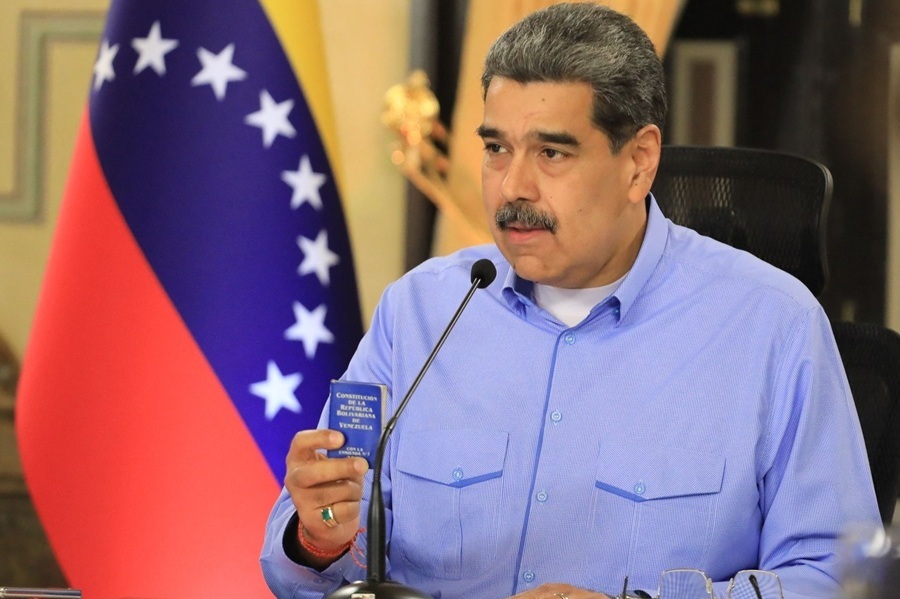

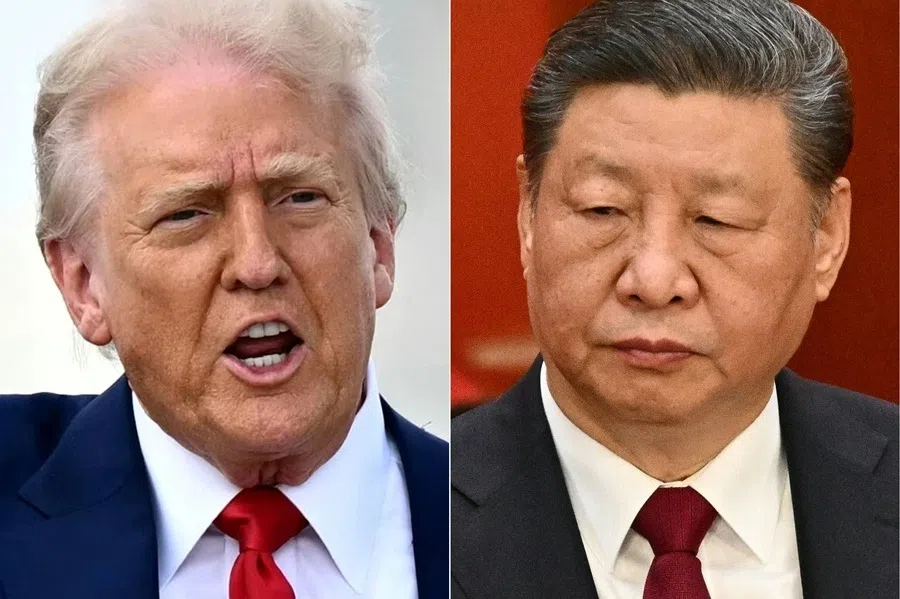
![[Big read] Prayers and packed bags: How China’s youth are navigating a jobless future](https://cassette.sphdigital.com.sg/image/thinkchina/16c6d4d5346edf02a0455054f2f7c9bf5e238af6a1cc83d5c052e875fe301fc7)